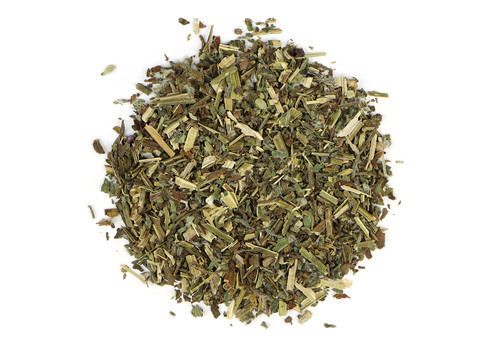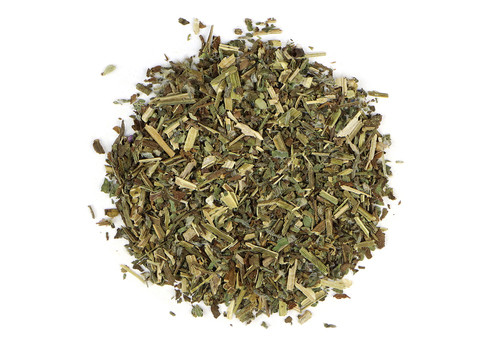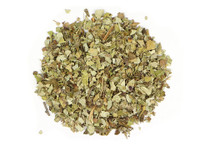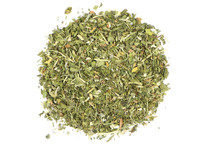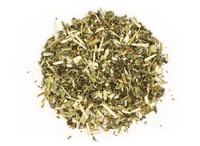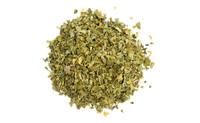-
Product Description
COMMON NAME
Standardized: borageBOTANICAL NAME
Borago officinalis L.
Plant Family: BoraginaceaeOVERVIEW
Borage is a native plant of Southern Europe, having become naturalized all over Europe and the United States. It is a prolific grower, having a tendency to sprout up in abandoned lawns and junkyards. At one time borage was an essential herb for beekeepers, grown to help bees produce more honey. Traditionally, it was also grown as an ornamental, or boiled as a pot herb.Borage is noted for having a cucumber like flavor and is easily recognized by its white prickly hairs and bright blue, star-shaped flowers. Its dark green leaves are gently curved and its fruits consist of dark brown nutlets (seeds) in groups of four. Both Pliny the Elder and Dioscorides claimed that borage was used to "exhilarate the mind", comfort the heart, drive sorrow away, and increase one's general happiness.
PARTS USED
Dried aerial portions.SUMMARY
Borage makes an excellent companion plant alongside tomatoes, cabbages, and other crops, helping to ward away harmful insects and worms. It is also said to improve the yield and disease resistance of the accompanied plants.PRECAUTIONS
Not for internal use. Do not apply to broken or abraded skin. Do not use when nursing or pregnant.
We recommend that you consult with a qualified healthcare practitioner before using herbal products, particularly if you are pregnant, nursing, or on any medications.This information has not been evaluated by the Food and Drug Administration. This product is not intended to diagnose, treat, cure, or prevent any disease. For educational purposes only.
-
Product Reviews
-
Find Similar Products by Category

